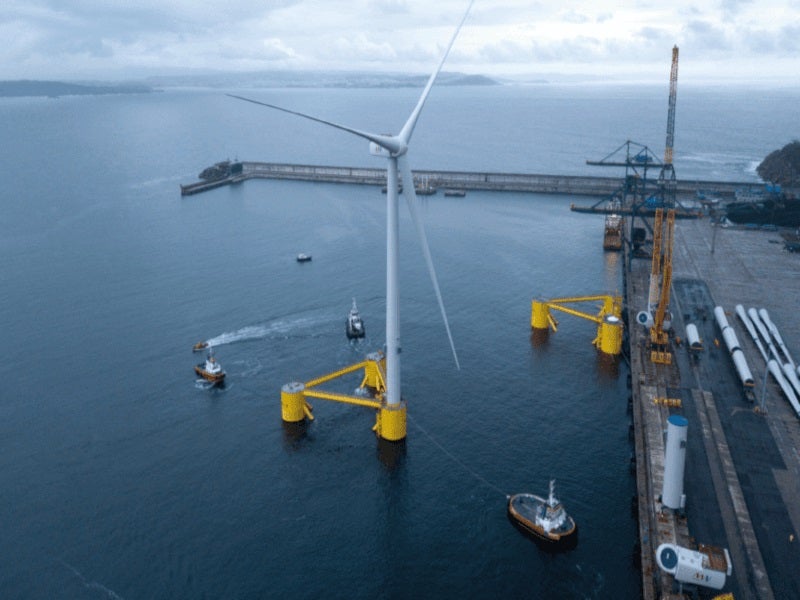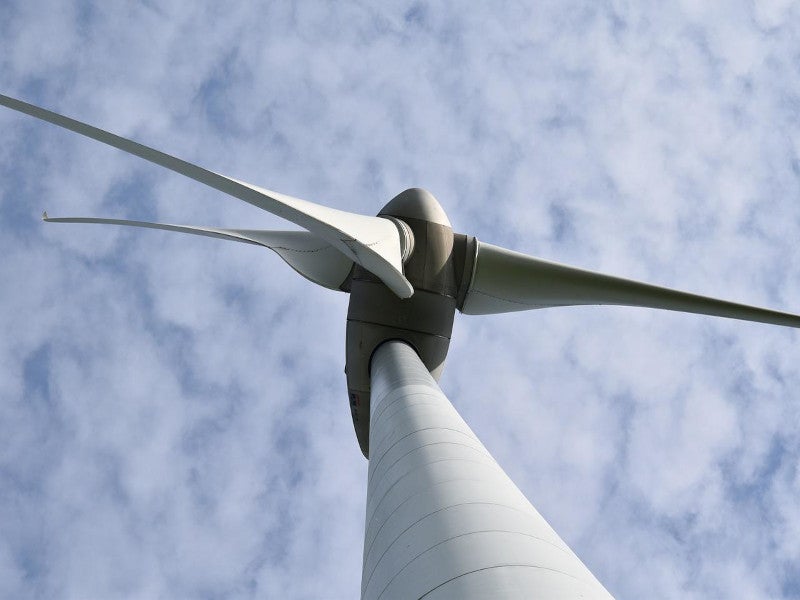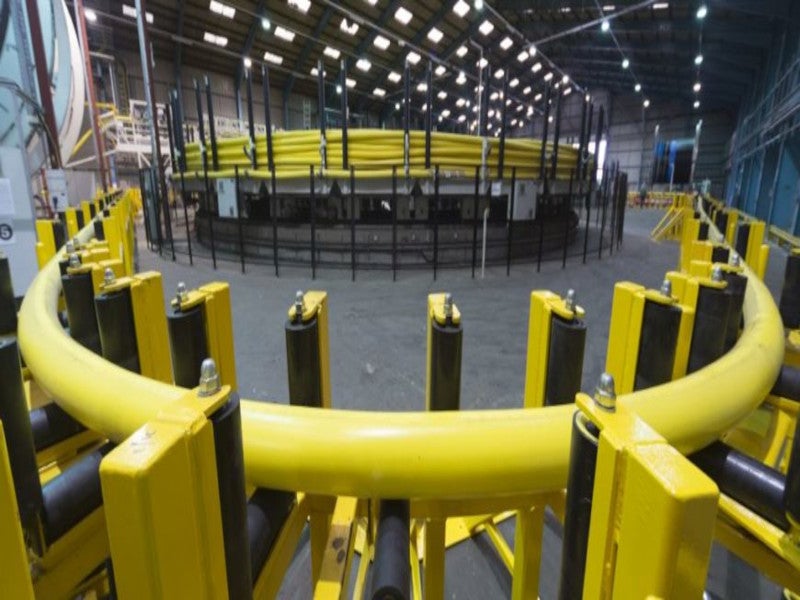The Les Eoliennes flotantes du Golfe du Lion (EFGL) project is a floating wind power facility under development in the Mediterranean Sea, France. It is one of the largest floating wind power projects in the country.
Ocean Winds and Banque des Territoires are responsible for the development and operation of the wind project. Ocean Winds is a 50:50 joint venture owned by EDP Renewables and ENGIE, while Banque des Territoires is a business unit of French financial institution Caisse des Dépôts.
A final investment decision (FID) on the project was taken by the project partners in January 2022, following five years of development work. In November 2016, the EFGL project was selected in a call launched by the French Environment and Energy Management Agency (ADEME) for floating wind turbine projects.
The EFGL floating wind power project is expected to be commissioned at the end of 2023 and will have an operating life of 20 years. It is expected to generate enough electricity to power more than 50,000 homes.
The project is expected to facilitate the development of an offshore wind industrial cluster in southern France, in partnership with Port La Nouvelle. The port will serve as a logistical and industrial base for the components of the floating wind project.
Location and site details
The EFGL floating wind power project will be located more than 16km off the coast of the Leucate-Le Barcarès area in the Mediterranean Sea, France. The water depth in the project site is 70-100m.
Covering a water surface area of 2.9km2, the project site lies in one of the windiest areas in France, where the mean wind speed is about 10m/s.
EFGL floating wind power project details
The EFGL floating wind power project development will include the deployment of three Vestas-supplied V164-10.0 MW wind turbines. With a rotor diameter of 164m, each turbine is designed to have a swept area of 21,124m2.
The turbines will be installed on Windfloat foundation units supplied by Principle Power. Windfloat is a semi-submersible, three-column floating platform.
The project will feature dynamic cable technology for the electrical connection in order to adjust to the movements of float resulting from the wind and ocean current.
The turbines will be connected to each with two 66,000V cables, with a length of approximately 1,000m each.
The EFGL project will also comprise the installation of the submarine and onshore export cable for the transmission of electricity generated by the floating wind farm. The cable will be more than 21km long, with its offshore section travelling a distance of 18km and the onshore part will have a length of 3km connecting to a substation.
Power evacuation
The power generated by the EFGL floating wind power project will be evacuated into the national grid through an onshore electrical substation in Saint-Laurent-de-la-Salanque.
Contractors involved
Vestas was contracted by Ocean Winds to supply offshore wind turbines for the project in March 2022. The contract covers the supply, transport, installation, supervision and commissioning of the turbines as well as maintenance of the wind farm for 18 years.
Euroports was contracted to provide port support services for the deployment of the project in March 2022.
JDR Cable Systems was contracted to supply submarine and underground electric cables for the project in April 2021. The contract included the delivery of dynamic and static cables.
DEME’s French subsidiary Société de Dragage International (SDI) was awarded EPCI contract contracted by French transmission system operator Réseau de Transport d’Électricité (RTE) for the delivery and installation of the export cable.
ABS Group was selected by a consortium consisting of Engie, EDP Renewables and Caisse des Dépôts to deliver design verification services for the floating wind project.
Bureau Veritas was engaged as a certification authority for the floating wind power project





